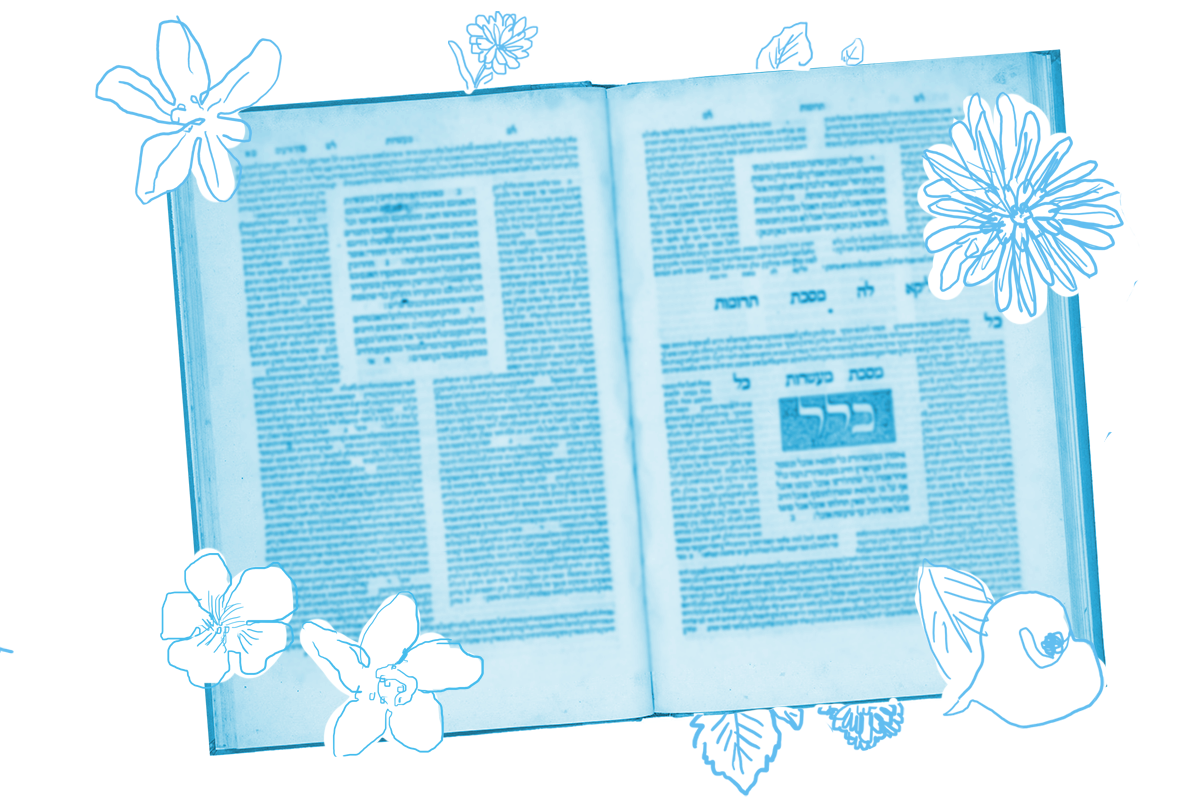The seder plate has a place reserved for karpas, a leafy green vegetable, and another for maror, a bitter herb. Some also have a place for hazeret, a bitter lettuce. Why is it on the seder plate? Well, according to the Mishnah, hazeret was served twice at the seder:
They brought it (the first course) before him and he dips the hazeret, to taste some food before he reaches the breaking of the bread (precise meaning here uncertain).
They brought before him matzah and hazeret and haroset, and at least two cooked dishes in honor of the festival.
The use of hazeret for the dipping of the first course and for the second dipping (bitter herbs in haroset) which occurs at the start of the main meal draws the attention of Reish Lakish:
With your help, My Jewish Learning can provide endless opportunities for learning, connection and discovery.
Since one does not eat the hazeret at the time of his obligation to eat bitter herbs, he eats it after reciting only one blessing, “who creates fruit of the ground.” Perhaps, at that time, he did not intend to fulfill his obligation to eat bitter herbs. Therefore he needs to dip it again for the purpose of bitter herbs. For if it could enter your mind that mitzvot do not require intent, why would you need two dippings? He has already dipped the lettuce once.
Now, you may recall that we learned on Pesachim 39 that hazeret can serve as the bitter herb — in fact, it is the preferred species for bitter herb. In Reish Lakish’s understanding, the mishnah indicates that it serves this purpose only when it is eaten with the intention of fulfilling one’s obligation to eat bitter herbs. In the first course, it is just an hors d’oeuvre which is why you only say the general blessing for vegetables, and not the blessing for bitter herbs at this time. This leads Reish Lakish to extrapolate that just eating a bitter herb is not enough — one must have the intention to fulfill a mitzvah in order to fulfill the mitzvah.
The Gemara objects: perhaps mitzvot do not require intention and your first consumption of hazeret will automatically fulfill your obligation (Exodus 12:8) to eat bitter herbs, whether you intended to or not. And if so, why the second dipping? Answer: So that children at the table will notice something out of the ordinary and ask about it. (Sound familiar? Generating questions that provide adults opportunities to explain the story of Passover is, as we will learn more in the pages that follow, a key characteristic of the rabbinic design of the seder.)
The conversation continues with the Gemara providing a counterfactual: If in fact mitzvot do not require intention, Reish Lakish could argue that the mishnah should have included language to explain why if hazeret is used for the first course, one dipping is sufficient since this first course would fulfill the obligation of bitter herbs. Only if a different (non-bitter) vegetable is used in this first course is one obligated to have a second dipping (to cover the obligation of bitter herbs). However, the mishnah was not written this way, and so, we can conclude that mitzvot do indeed require intention.
Are we done? Nope! This line of argumentation is off the mark, says the Gemara. If the mishnah had been written like this, it would be suggesting that there exists a situation in which there is only one dipping — but this is never the case. Our mishnah is written as it is, says the Gemara, because two dippings are required no matter what vegetable(s) are used and regardless of whether mitzvot require intention or not. Why? To stimulate the curiosity of the children at the table.
So, concludes the Gemara, our mishnah does not take sides on the matter of whether mitzvot require intention or not. In fact, this question is not settled in the Talmud. Whenever it comes up, both positions are presented as plausible. It is only after the close of the Talmud that rabbinic authorities who declare that mitzvot require proper intention.
By the way, that first course is what we today call karpas — and it is generally something green and leafy. Many use parsley and in Eastern Europe, where there was little green produce to be had this time of year, they used potatoes. These folks are also known to use horseradish root as the bitter herb. Nonetheless, a place is reserved on the seder plate for hazeret.
If you’re making your Passover shopping list, most authorities say you should plan on using a different vegetable for karpas than you do for maror (so don’t just pop romaine lettuce into your cart, though it can technically serve both purposes). However, if this is unavoidable, rabbinic authorities conclude that you say two blessings (for eating vegetables and for eating bitter herbs) at the first dipping and at the second you dip the bitter herb in the haroset and eat it without blessing. If you do the latter, those paying attention will be sure to ask questions — which is the point of the dippings in the first place!
Read all of Pesachim 114 on Sefaria.
This piece originally appeared in a My Jewish Learning Daf Yomi email newsletter sent on March 15th, 2021. If you are interested in receiving the newsletter, sign up here.



